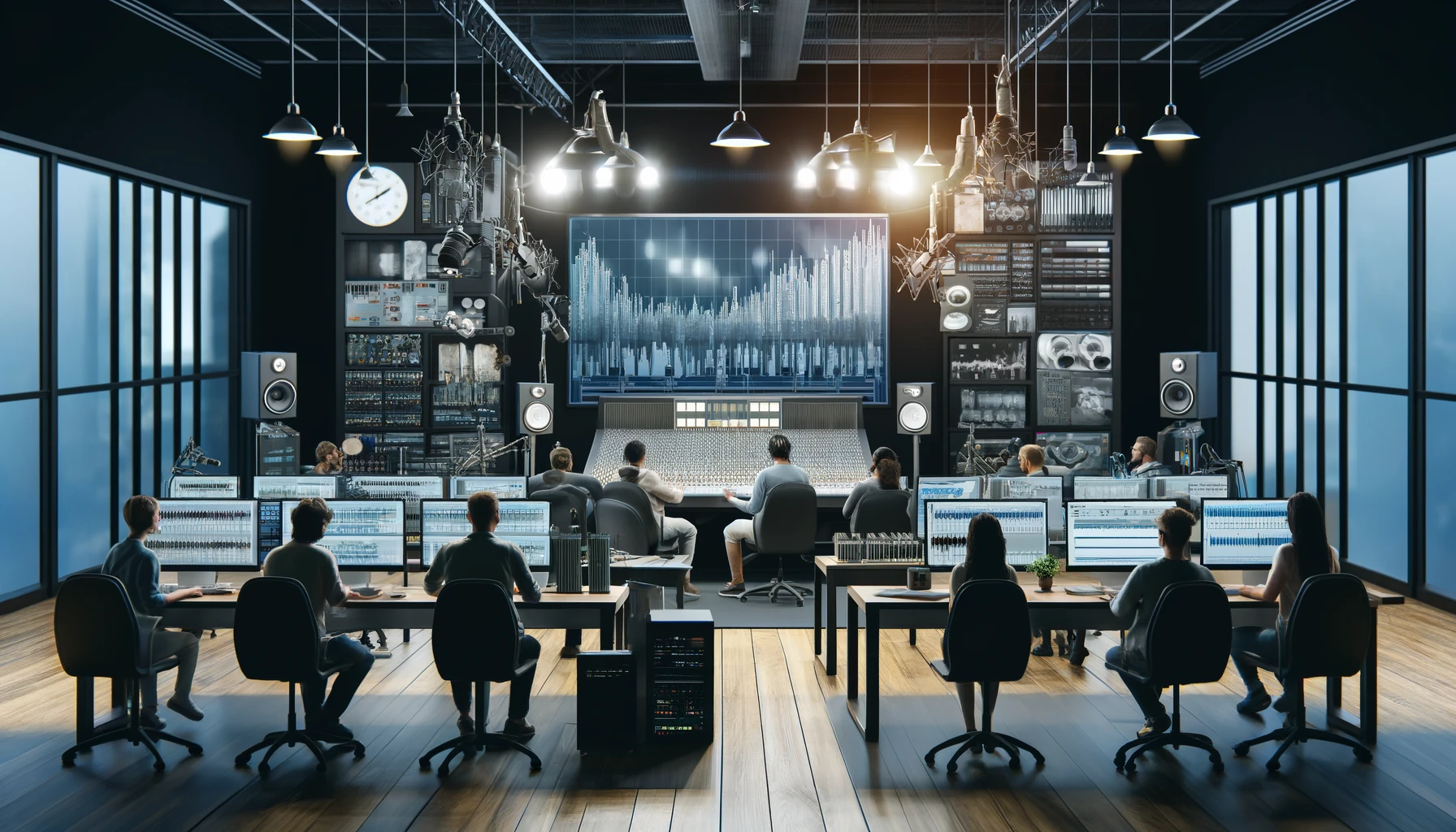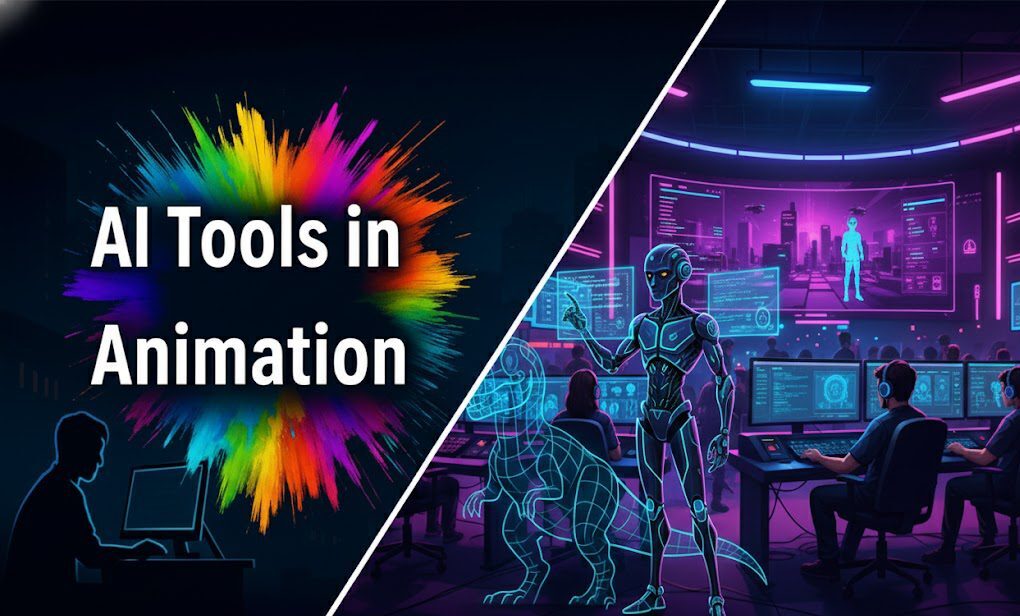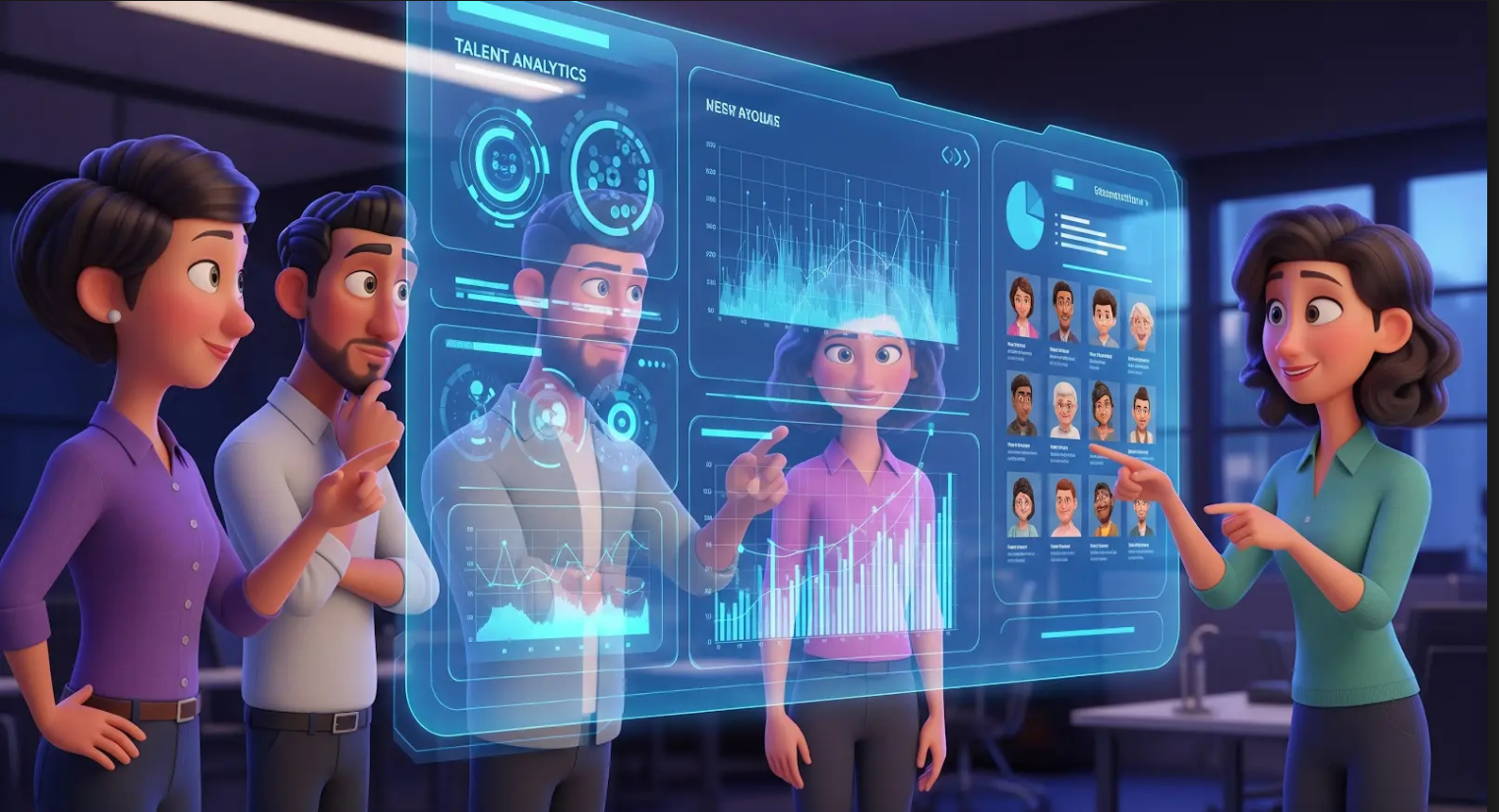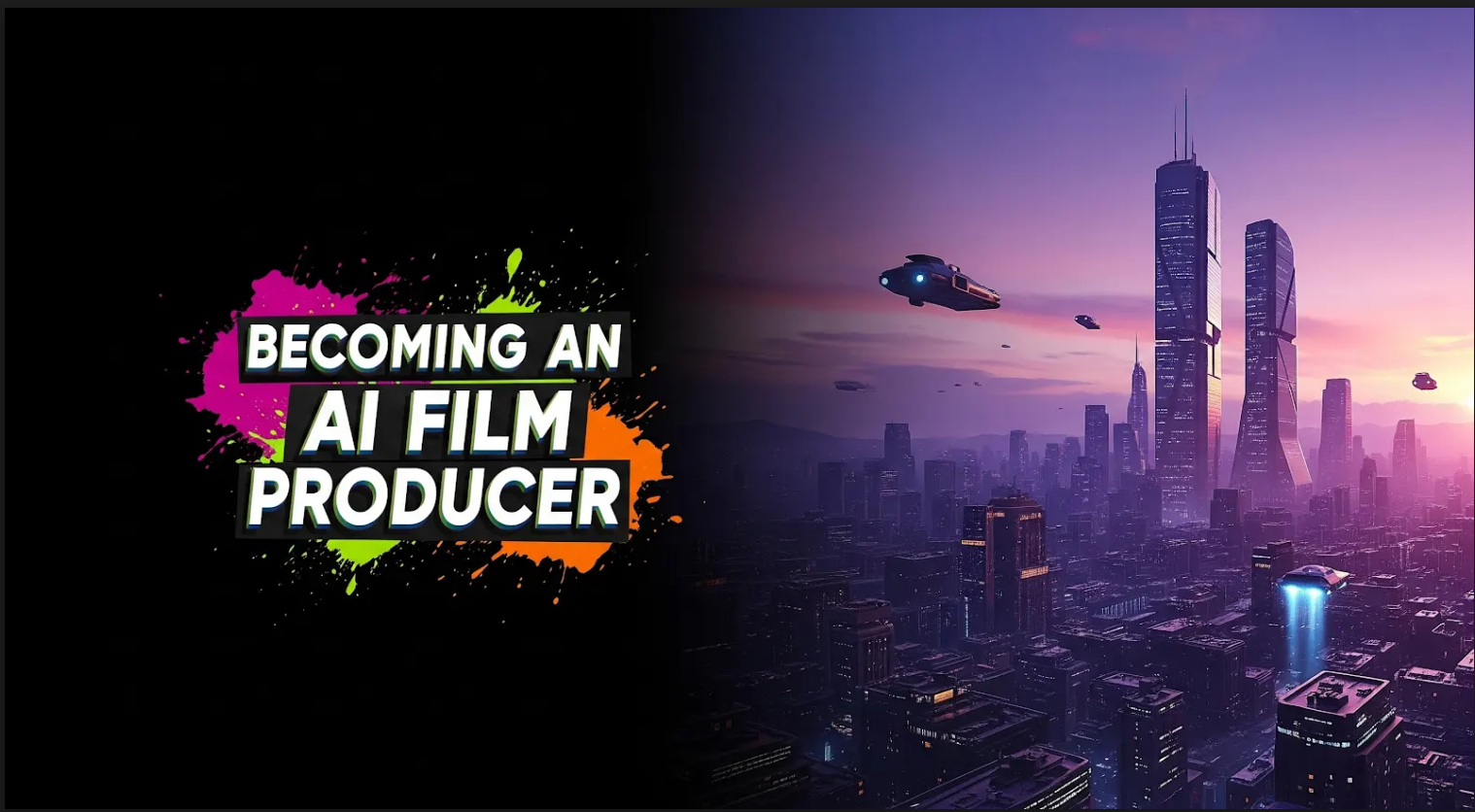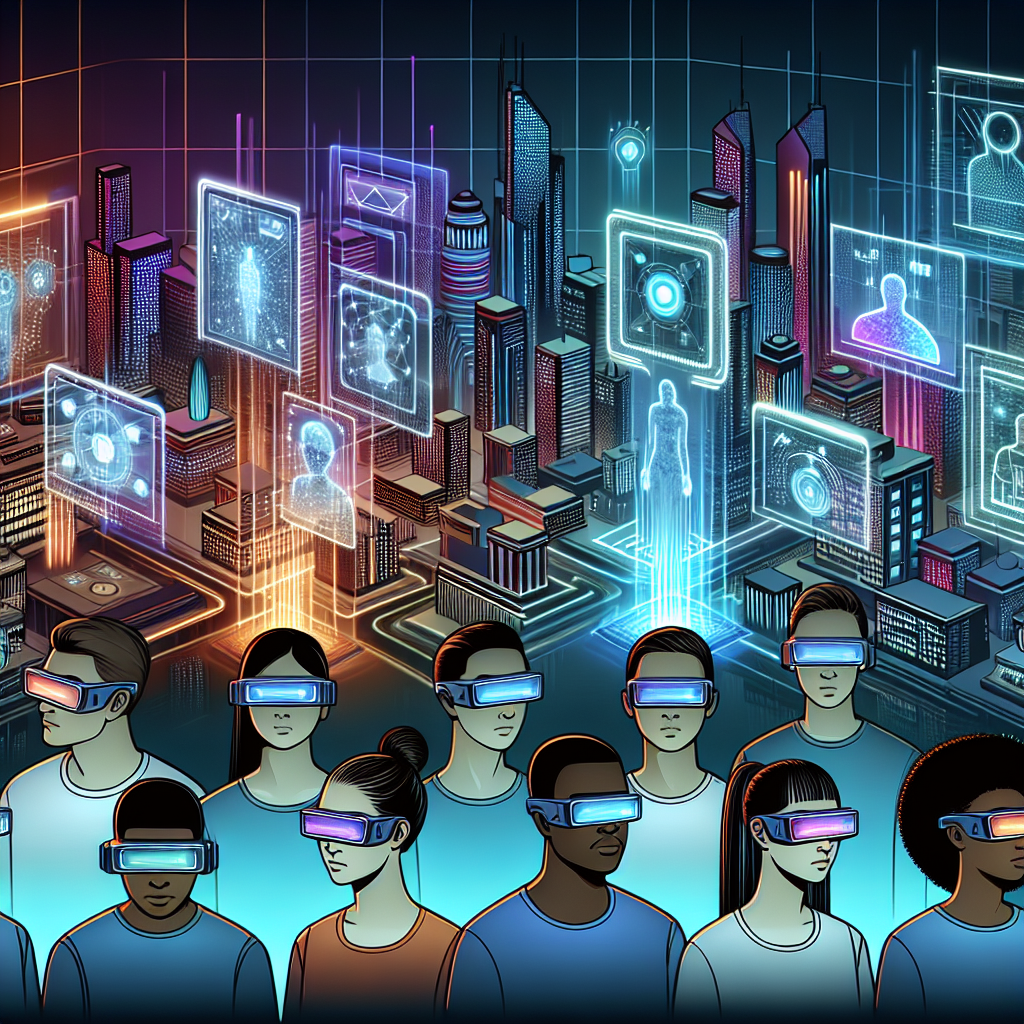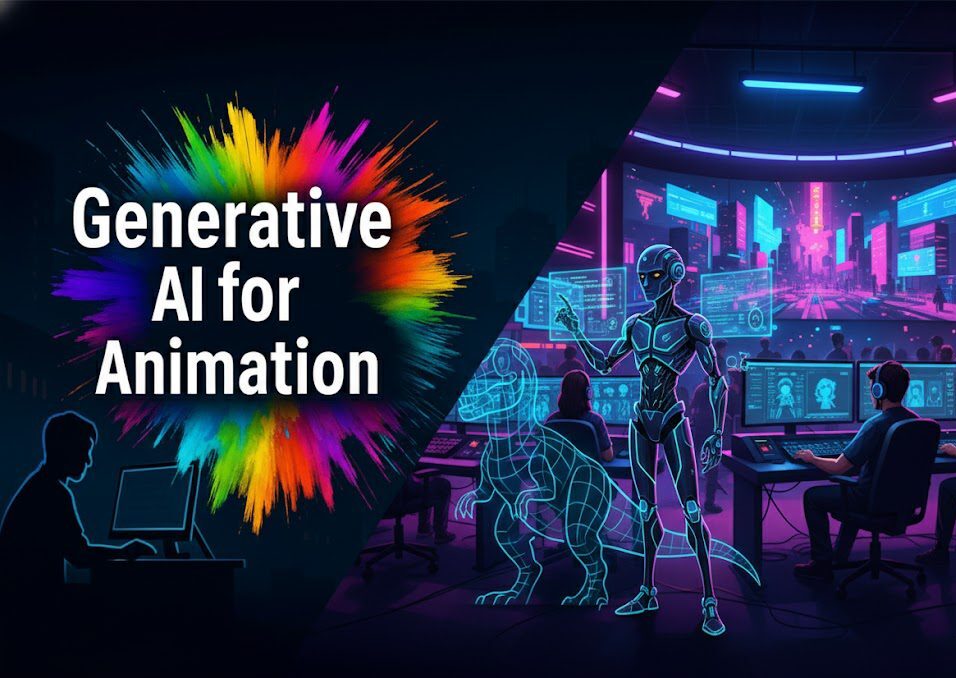Introduction: Navigating The World Of Media Localization And Dubbing
In the globalized landscape of entertainment, media localization and dubbing have become essential strategies for reaching diverse audiences worldwide. Producers and multilingual content managers play a pivotal role in ensuring that content resonates with audiences across different cultures and languages. In this comprehensive guide, we’ll explore the nuances of media localization and dubbing, offering valuable insights and practical tips for optimizing content strategy and engaging diverse audiences effectively.
Understanding Media Localization: Tailoring Content For Global Audiences
Media localization involves adapting content to suit the linguistic, cultural, and regulatory requirements of target markets. For producers and multilingual content managers, understanding the intricacies of localization is essential for expanding reach and maximizing audience engagement. From translating dialogue and subtitles to adapting visual elements and cultural references, effective media localization requires meticulous attention to detail and a deep understanding of local customs and preferences.
The Art Of Dubbing: Bringing Stories To Life In Multiple Languages

Dubbing is the process of replacing original dialogue with translated dialogue in a different language, allowing audiences to enjoy content in their native tongue. Producers and multilingual content managers must collaborate closely with dubbing studios and voice actors to ensure that dubbed versions capture the essence of the original performances while maintaining cultural authenticity. By investing in high-quality dubbing services, content creators can enhance accessibility and appeal to diverse audiences worldwide.
Leveraging Technology For Efficient Localization And Dubbing
Advancements in technology have revolutionized the media localization and dubbing process, making it faster, more efficient, and cost-effective. Producers and multilingual content managers can leverage automated translation tools, speech recognition software, and cloud-based collaboration platforms to streamline localization workflows and accelerate dubbing production. By embracing technology-driven solutions, content creators can optimize their global content strategy and stay ahead of the competition in an increasingly digital landscape.
Maintaining quality and cultural sensitivity is paramount in media localization to ensure that content resonates with target audiences and avoids potential cultural pitfalls. Producers and multilingual content managers should establish robust quality control processes, including linguistic reviews, cultural consultations, and audience feedback analysis. By prioritizing authenticity and respecting cultural nuances, content creators can build trust with audiences and foster long-term engagement across diverse markets.
Vitrina AI emerges as a transformative solution in streamlining media localization workflows, offering advanced capabilities to automate translation, optimize voiceover synchronization, and analyze audience sentiment across multiple languages. By harnessing the power of artificial intelligence and machine learning, producers and multilingual content managers can expedite localization processes, minimize errors, and deliver high-quality localized content at scale, ensuring global success for their projects.
Overcoming Challenges In Multilingual Content Management
Multilingual content management poses unique challenges for producers and multilingual content managers, ranging from linguistic complexities to cultural sensitivities. To effectively navigate these challenges, it’s crucial to implement robust strategies and leverage innovative solutions. Producers and content managers must collaborate closely with linguists, cultural consultants, and technology partners to ensure seamless coordination and execution of multilingual projects. By addressing challenges proactively and embracing a flexible approach, content creators can unlock the full potential of multilingual content and maximize global impact.
Conclusion: Unlocking Global Success With Media Localization And Dubbing
In an interconnected world, media localization and dubbing have become indispensable strategies for reaching diverse audiences and expanding global reach. Producers and multilingual content managers play a crucial role in orchestrating effective localization efforts, ensuring that content resonates with audiences across cultural and linguistic boundaries. By understanding the nuances of localization, leveraging technology-driven solutions, and prioritizing quality and cultural sensitivity, content creators can unlock global success and make a lasting impact in the entertainment industry.
Media localization involves adapting content to suit the linguistic, cultural, and regulatory requirements of target markets, while dubbing specifically refers to the process of replacing original dialogue with translated dialogue in a different language.
Producers and multilingual content managers can ensure cultural authenticity in localization by conducting linguistic reviews, consulting with cultural experts, soliciting audience feedback, and prioritizing respect for cultural nuances and sensitivities.
Technology plays a crucial role in streamlining the localization process by automating translation, facilitating collaboration, optimizing voiceover synchronization, and analyzing audience sentiment, leading to increased efficiency, accuracy, and scalability.
Vitrina AI enhances media localization workflows by automating translation, optimizing voiceover synchronization, and analyzing audience sentiment across multiple languages, allowing producers and multilingual content managers to expedite localization processes and deliver high-quality localized content at scale.


